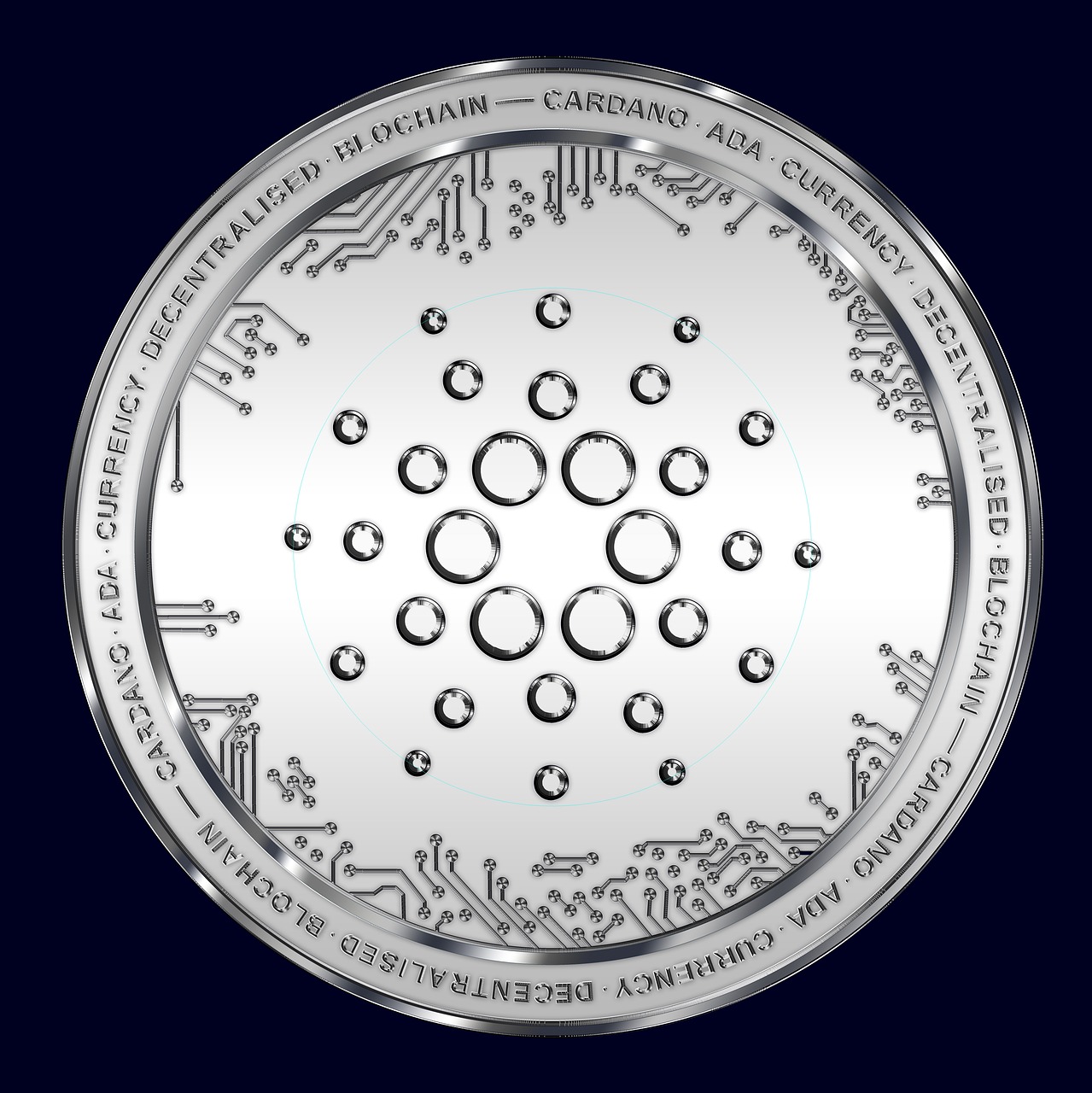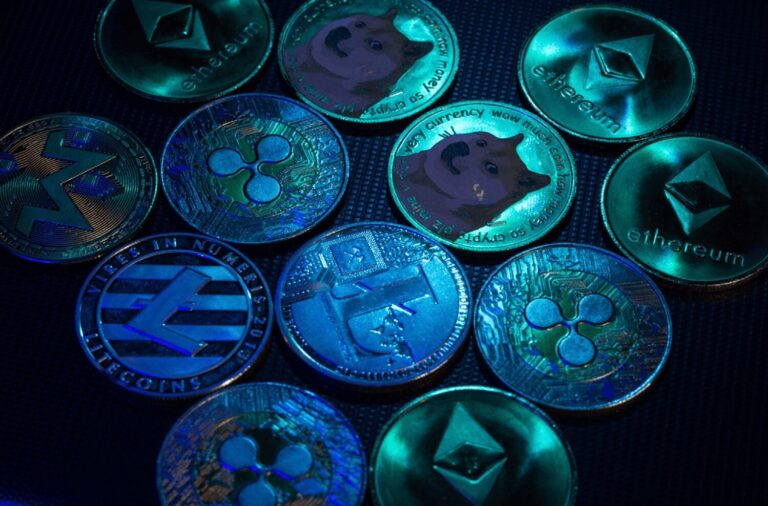
Cardano
Introduction
In the crowded field of blockchain platforms, Ethereum and Cardano stand as two of the most prominent smart contract networks. Both promise to be the backbone of decentralized applications (dApps) and the Web3 economy.
Yet, despite often being mentioned in the same breath, their design philosophies, development roadmaps, and governance models diverge significantly. To understand the implications for developers, investors, and end users, we spoke to blockchain experts, examined project documentation, and looked at real-world adoption.
Foundations: Philosophies in Contrast
Ethereum launched in 2015 under the leadership of Vitalik Buterin, with the mission of being a “world computer” — a permissionless platform where anyone can deploy decentralized applications without intermediaries. Its approach has been pragmatic and iterative: launch early, scale through upgrades, and adopt solutions as needed.
Cardano, introduced in 2017 by Ethereum co-founder Charles Hoskinson, took a different route. Built by IOHK (Input Output Hong Kong), Cardano adopted a peer-reviewed academic model, where every protocol upgrade is researched, written, and reviewed by academics before implementation. Its guiding principle: measure twice, cut once.
“Ethereum is like Silicon Valley: build fast, test in production. Cardano is more like aerospace engineering: design meticulously before launch,” says Dr. Emily Zhao, a blockchain researcher at the University of Singapore.
Consensus Mechanisms: PoW to PoS vs. PoS from the Start
Ethereum began with Proof-of-Work (PoW) — the same energy-intensive consensus used by Bitcoin — and transitioned to Proof-of-Stake (PoS) in September 2022 with “The Merge.” This move drastically reduced Ethereum’s energy consumption and aligned it more closely with sustainability goals.
Cardano, however, launched directly with its own PoS protocol called Ouroboros. This system is not only energy-efficient but also designed with formal mathematical proofs to guarantee security under certain network assumptions.
While Ethereum’s PoS model rewards validators for securing the network with ETH deposits, Cardano’s stake pools allow ADA holders to delegate their stake without locking it, offering flexibility to smaller participants.
Development Roadmaps: Constant Upgrades vs. Staged Eras
Ethereum has pursued a rolling upgrade system — constant changes, sometimes with overlapping goals. Recent milestones include The Merge, Shanghai, and the upcoming Danksharding for scalability.
Cardano’s roadmap is strictly phased into five named “eras”:
-
Byron – Foundation
-
Shelley – Decentralization
-
Goguen – Smart Contracts
-
Basho – Scaling
-
Voltaire – Governance
Each era has defined deliverables, and Cardano does not move on until the previous phase is considered complete.
Smart Contract Languages: Solidity vs. Plutus
Ethereum’s primary smart contract language, Solidity, is widely adopted, with a vast library of open-source code, tools, and developer resources. This has led to a rich but sometimes error-prone ecosystem, as seen in high-profile exploits.
Cardano uses Plutus, a smart contract platform based on the Haskell programming language. Haskell is known for its strong typing and mathematical precision, which, in theory, reduces vulnerabilities. However, this also means a steeper learning curve and fewer developers familiar with it compared to Solidity.
Governance Models: Ethereum Foundation vs. On-Chain Voting
Ethereum’s governance is informal, guided by the Ethereum Foundation, core developers, and community consensus. Major changes are discussed through Ethereum Improvement Proposals (EIPs), but final implementation often relies on influential core contributors.
Cardano plans a fully on-chain governance system in its Voltaire era, where ADA holders can vote directly on proposals and funding allocations through the Project Catalyst platform. This aims to make the network self-sustaining without reliance on a central foundation.
Ecosystem and Adoption
Ethereum dominates in terms of dApps, DeFi protocols, and NFT marketplaces. According to DeFiLlama, it hosts the majority of total value locked (TVL) in decentralized finance, with projects like Uniswap, Aave, and OpenSea leading the charge.
Cardano’s ecosystem is smaller but growing steadily, with projects like Minswap (DEX), Meld (DeFi), and national-scale initiatives, particularly in Africa. Notably, Cardano has worked on blockchain solutions for identity verification in Ethiopia’s education system, showcasing a focus on social impact alongside commercial use cases.
Scalability and Fees
Ethereum is working towards scaling through Layer 2 solutions like Arbitrum and Optimism, while also introducing proto-danksharding to improve throughput.
Cardano uses techniques like Hydra, a layer-2 scaling protocol that processes transactions off-chain while maintaining security guarantees. Cardano’s fees are generally lower, but Ethereum’s ecosystem offers faster settlement in some contexts due to its wider network of validators and infrastructure providers.
The Verdict: Two Visions, One Destination
Both Ethereum and Cardano aim to be global smart contract platforms, but their paths differ:
-
Ethereum thrives on network effects and developer momentum, moving quickly to implement solutions.
-
Cardano focuses on academic rigor and formal verification, prioritizing security and sustainability from the ground up.
“It’s less about who will ‘win’ and more about how these two networks will coexist,” says blockchain analyst Javier Ruiz. “Ethereum might remain the innovation hub, while Cardano could be the platform of choice for mission-critical, high-assurance applications.”
In the evolving landscape of Web3, these differences are more than academic — they shape how each network is used, who builds on them, and what risks users are willing to accept.


